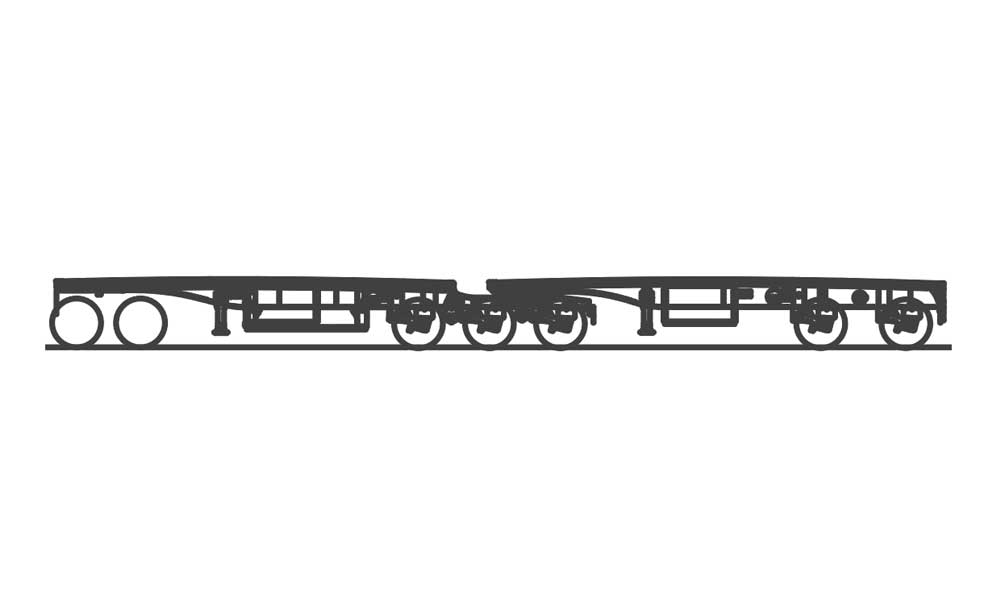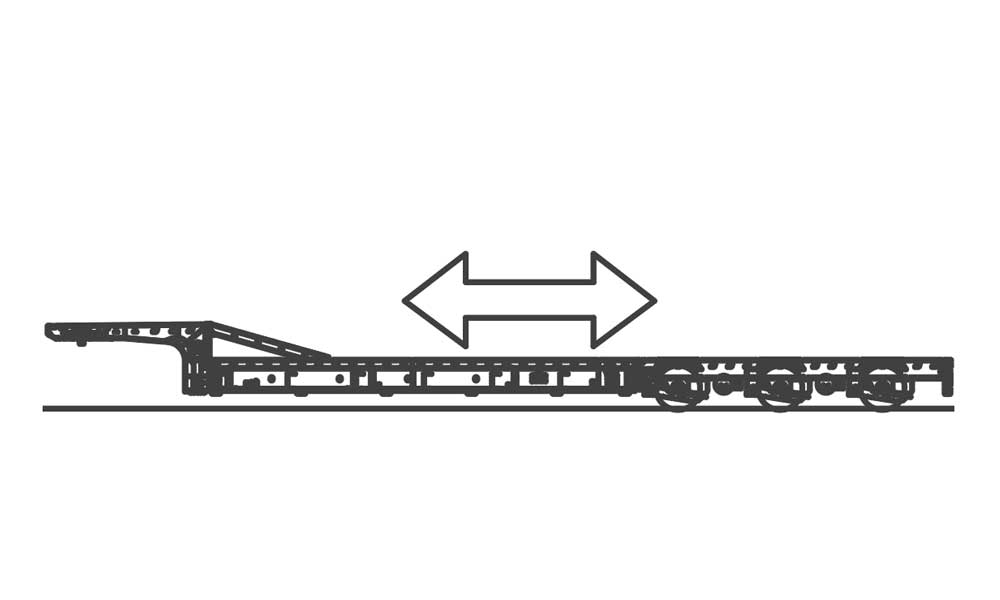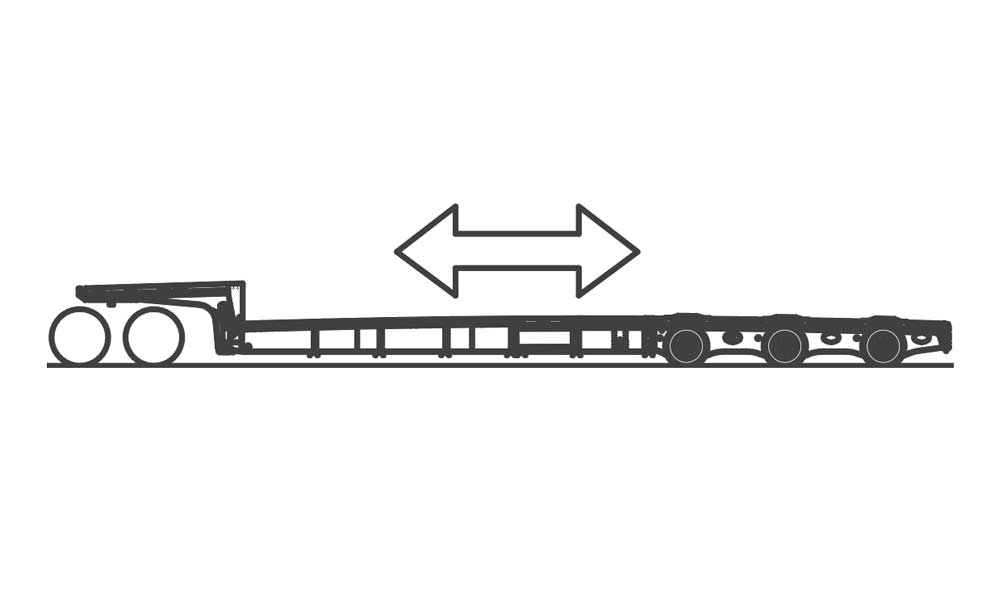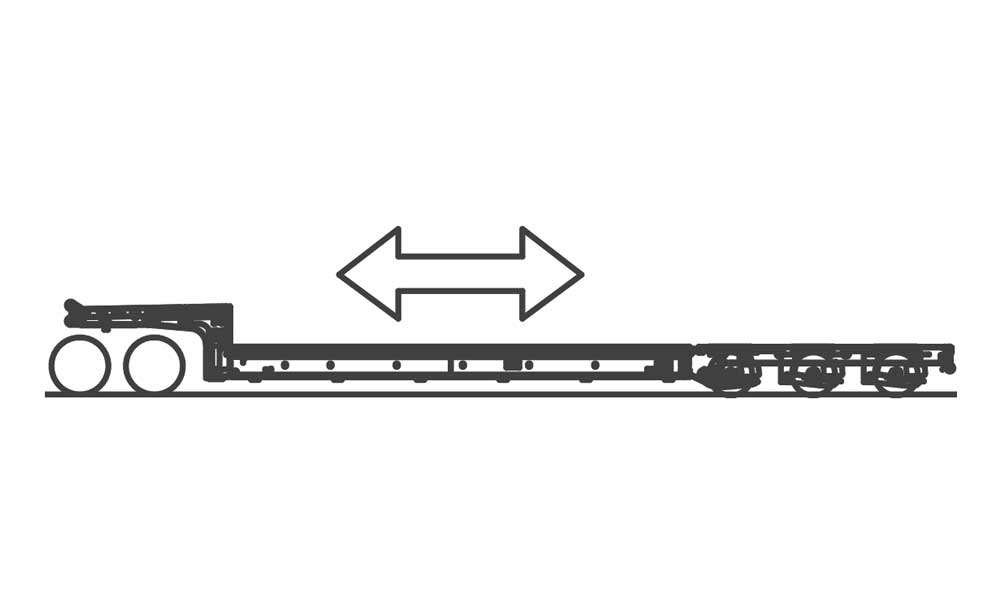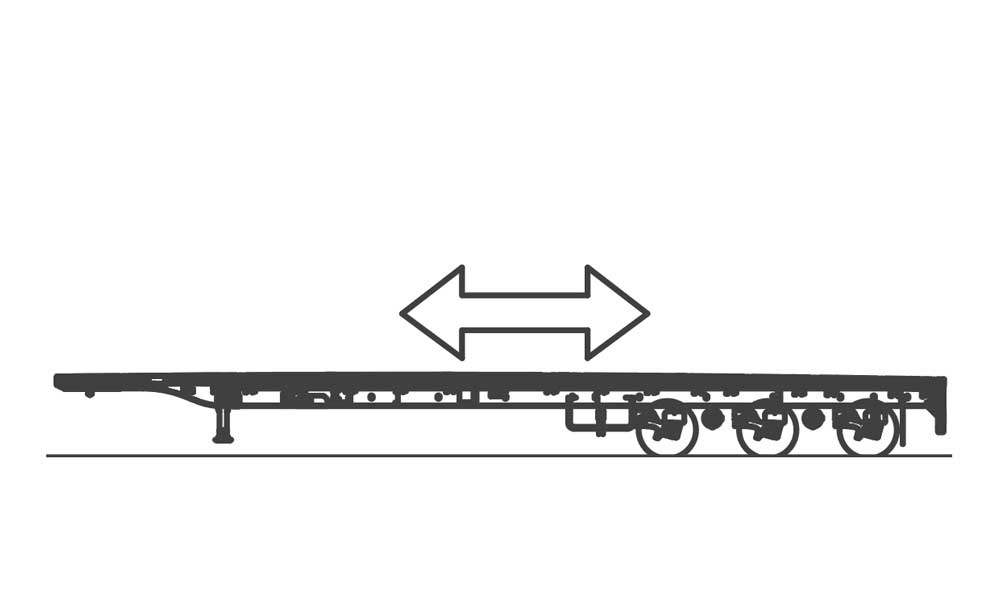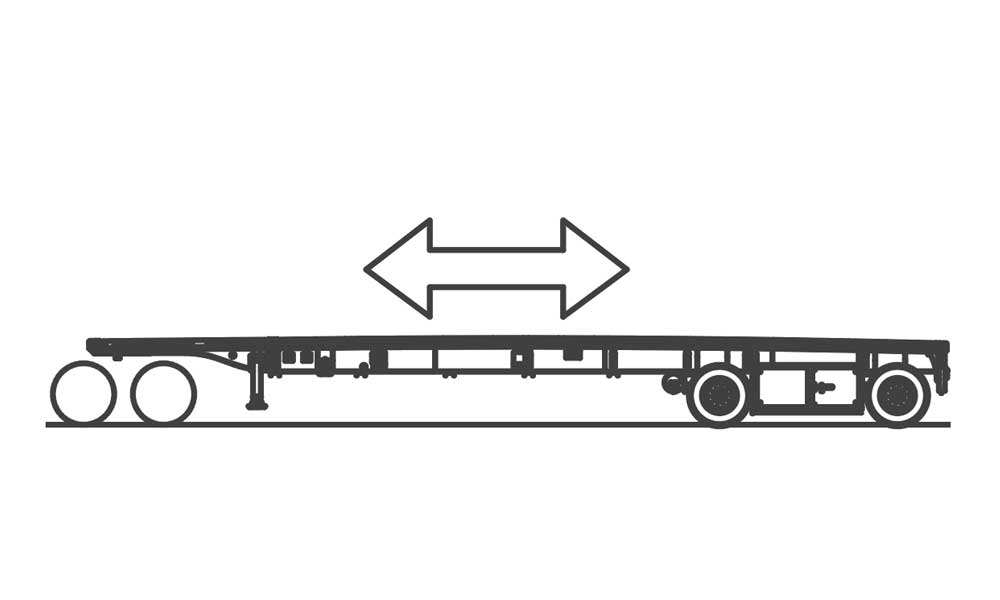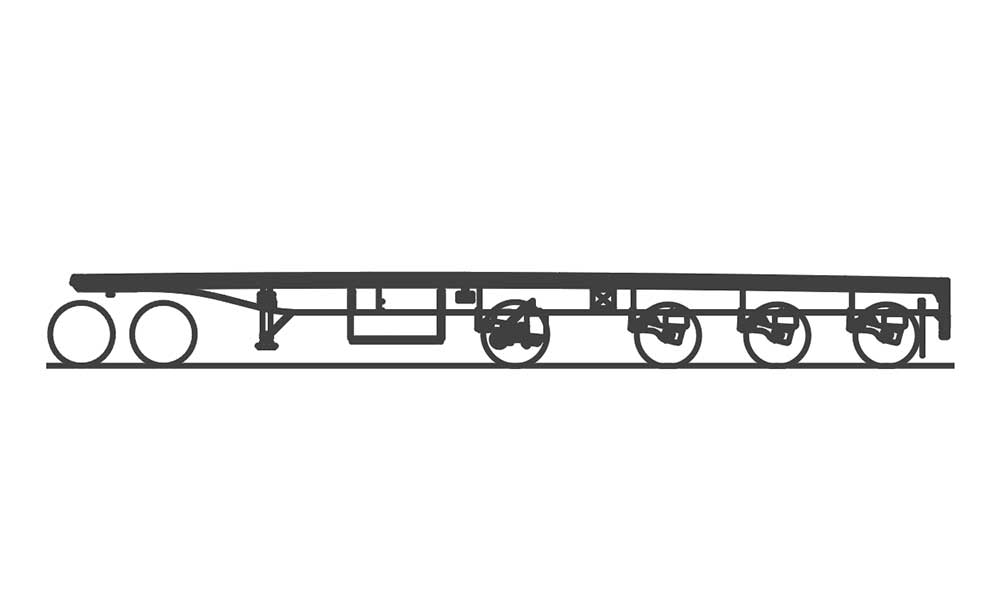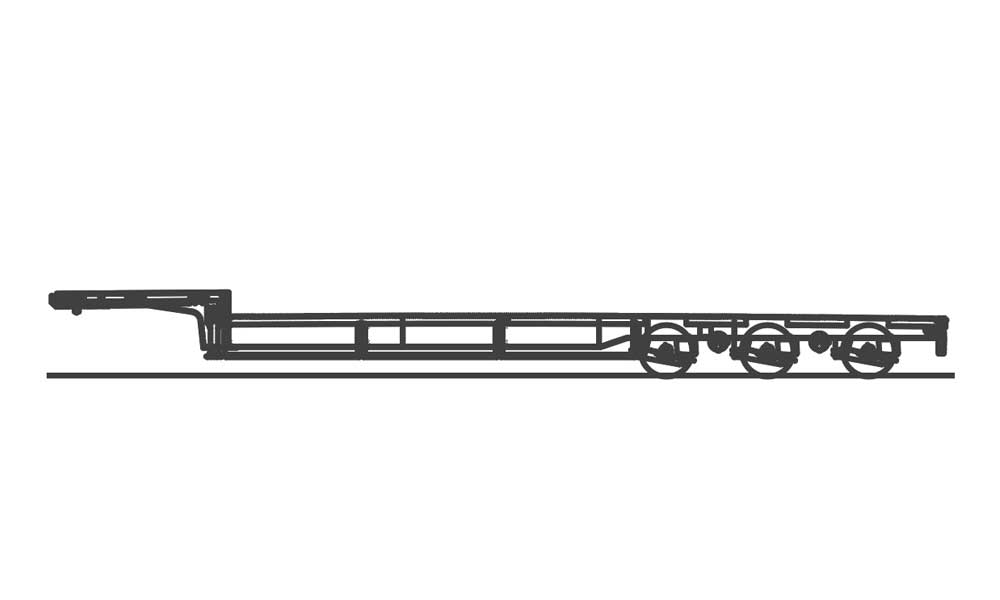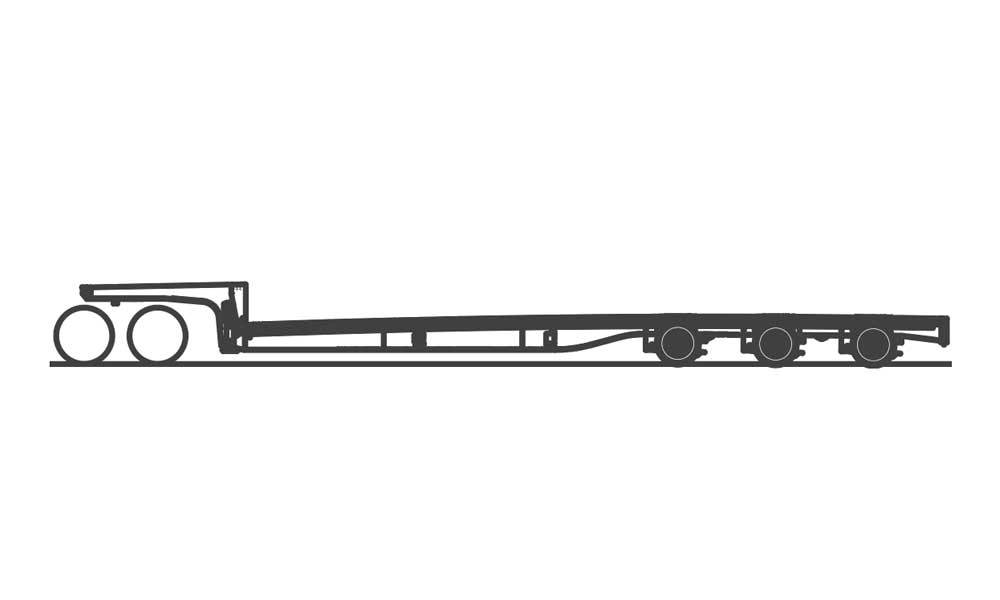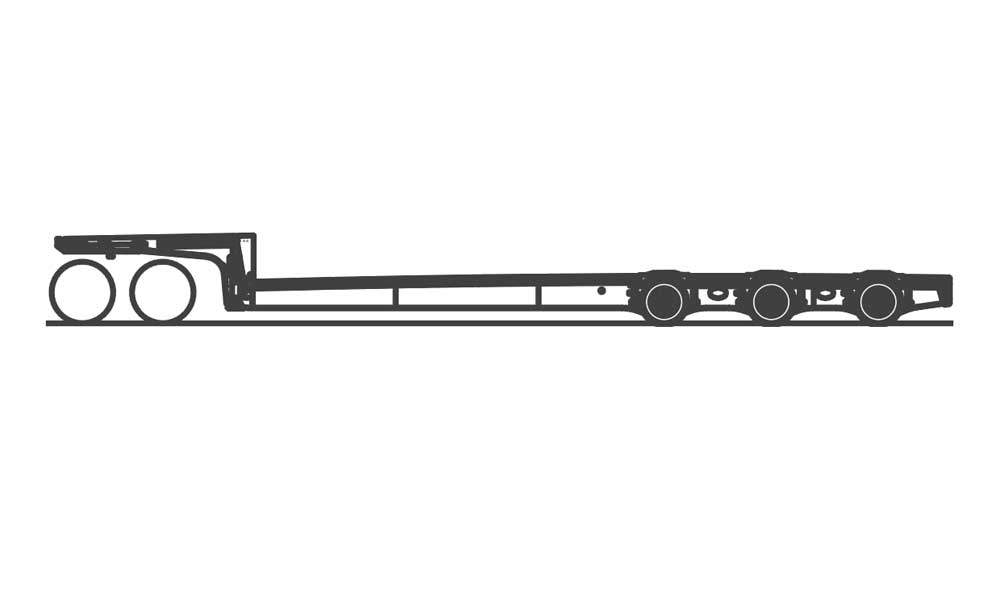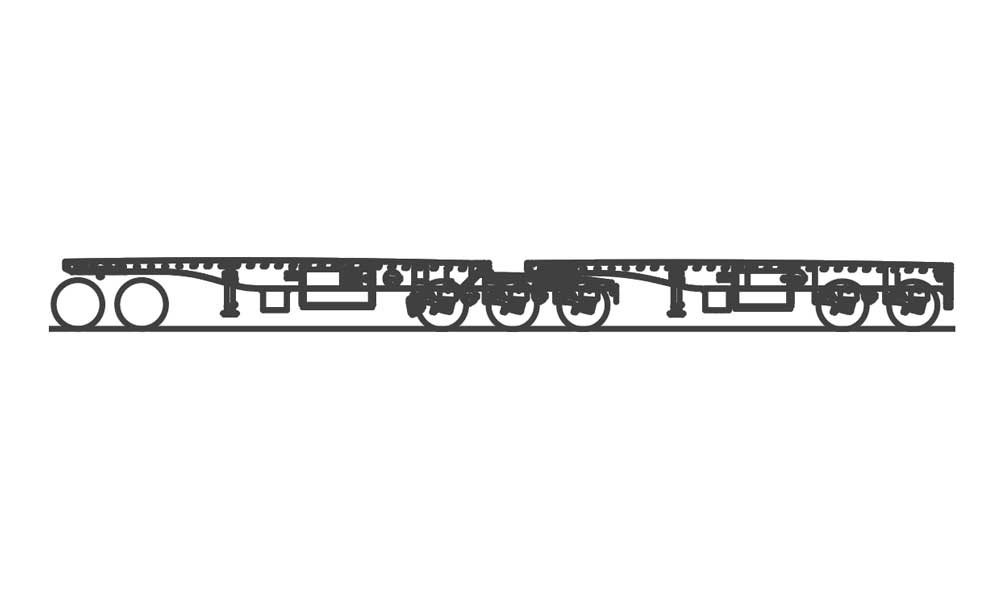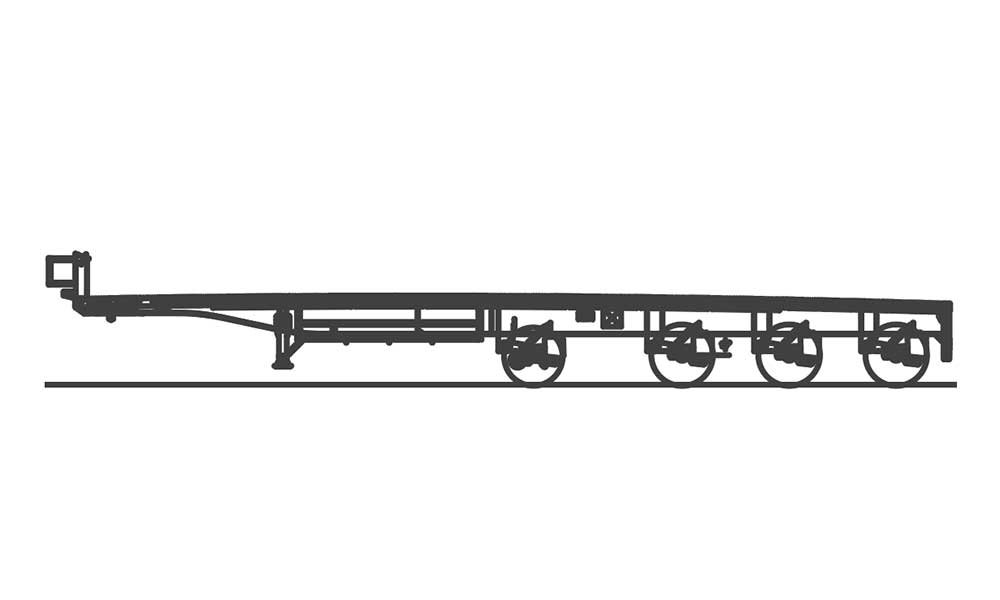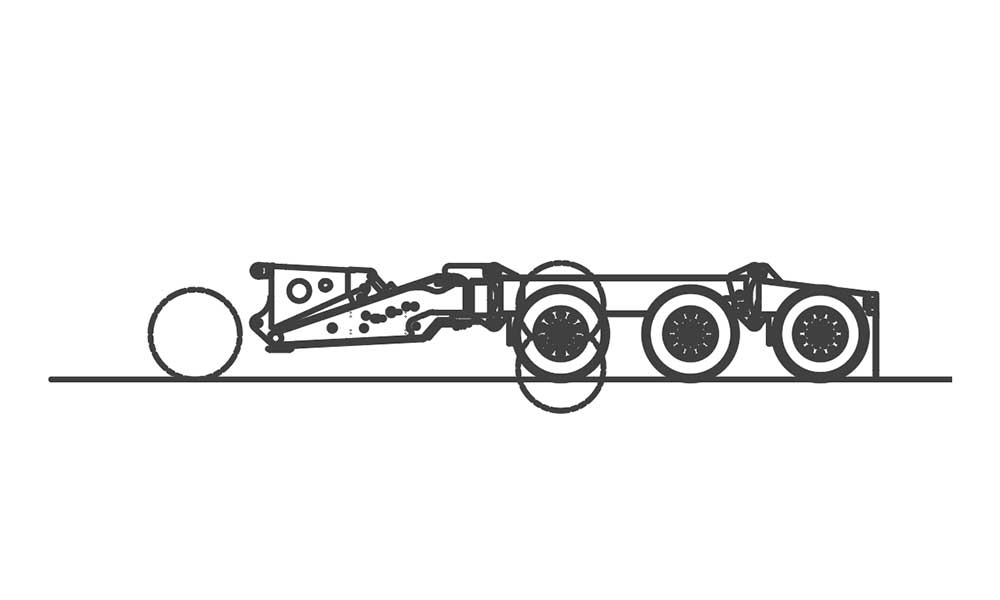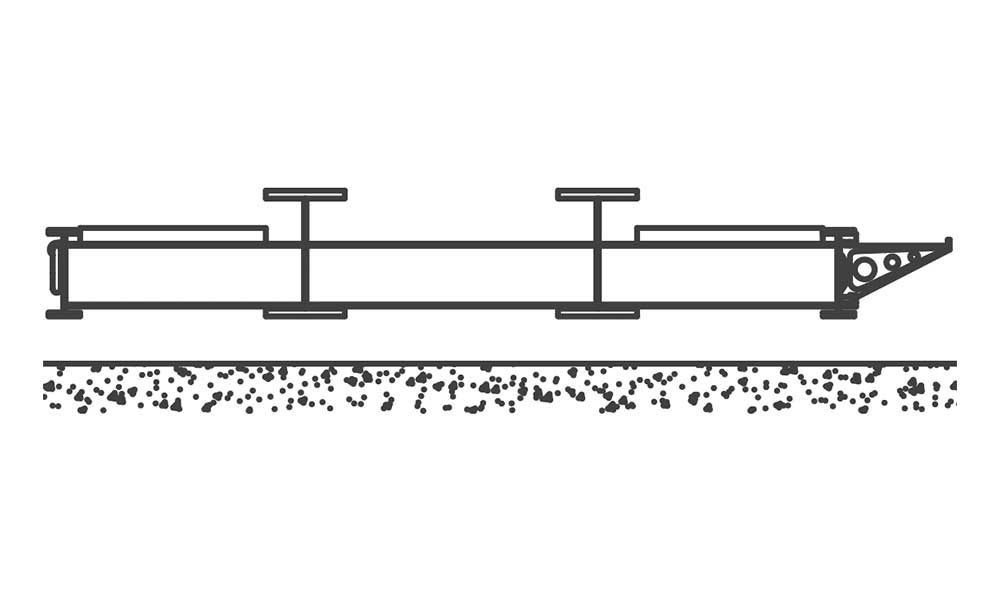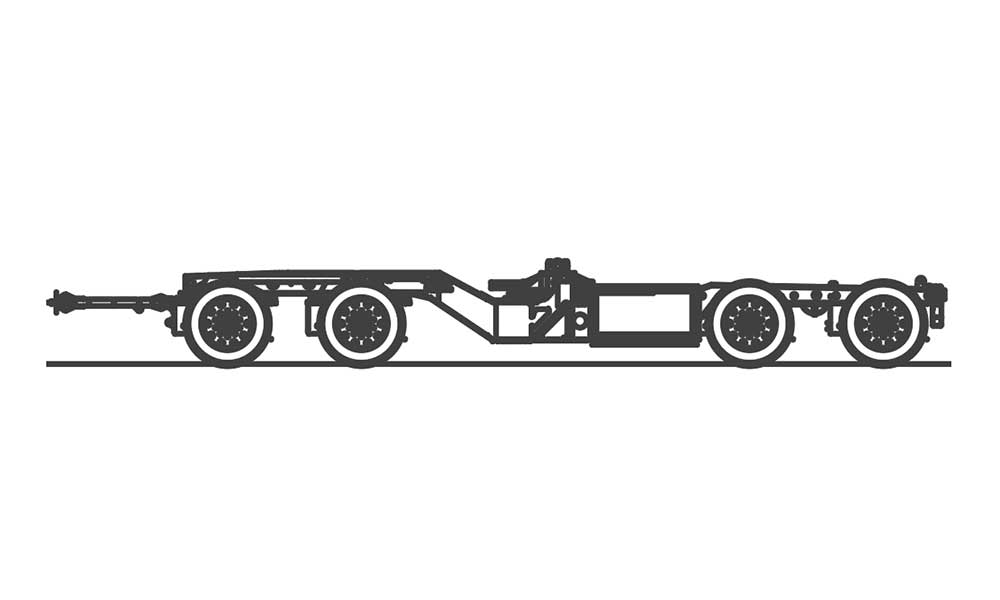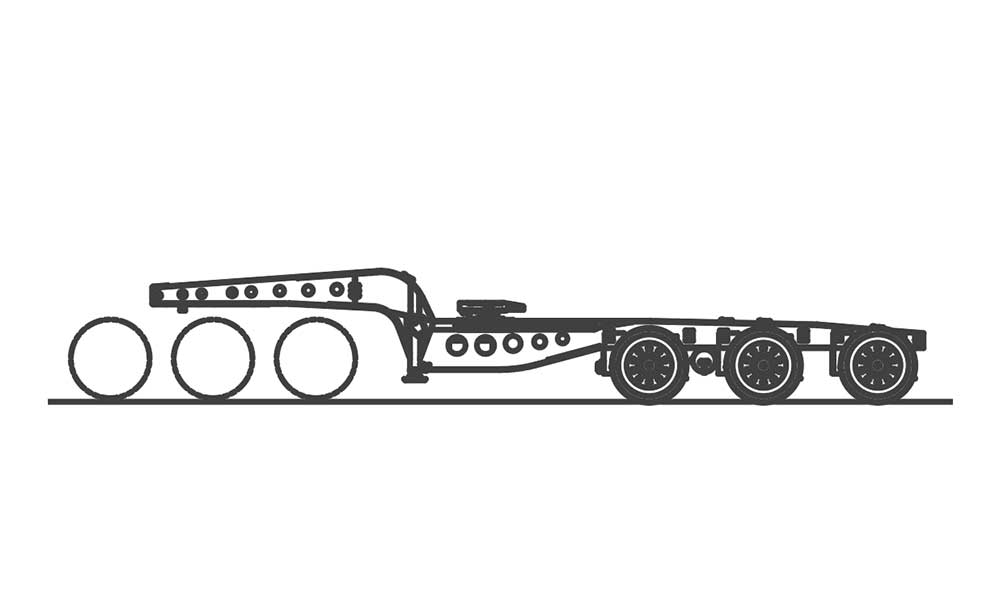Flatbeds
Flatbeds may seem simple at first glance, but the nearly infinite amount of options and configurations make this product line one of the most diverse. The frame design is grouped into three main categories: Flat, Flat Drop and Double Drop. Other frame variations and differing axle configurations exist within each major category.
Deck height is limited by many factors, but the most prevailing factors are coupler height, tire size, and frame configuration. This means that selecting the proper components is critical.
Filters
Length
48ft — 63ft
Width
8ft — 9ft
Height
0ft — 0ft
Weight
5,054kg — 10,560kg
Payload
0kg — 0kg
Volumetric Capacity
0m3 — 0m3
Carrying Height
31in — 59in
Tare Weight
5,780kg — 10,560kg

